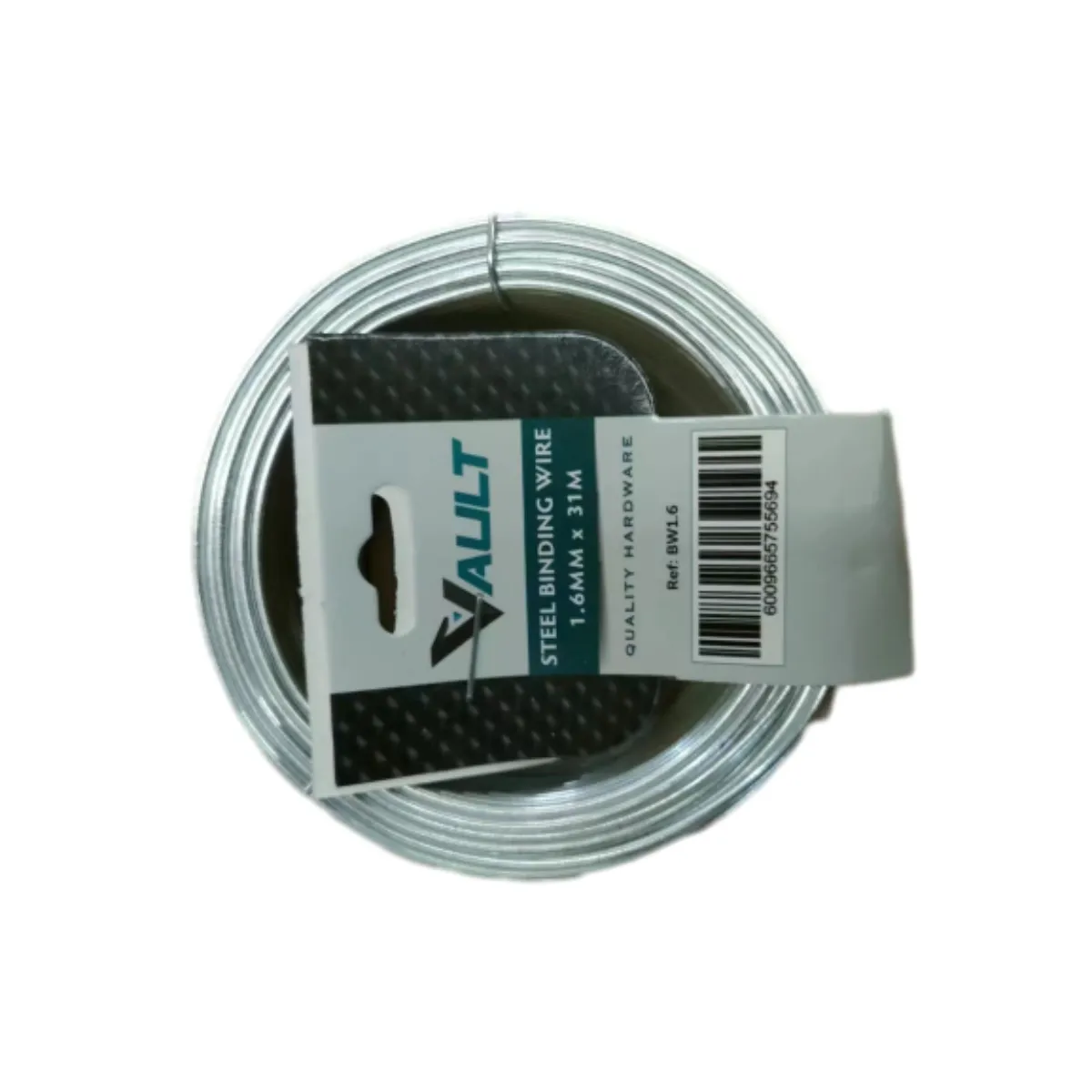12月 . 21, 2024 15:29 Back to list
Effective Strategies for Horse Field Fencing and Safety Considerations
Field Fencing for Horses Ensuring Safety and Security
Horses are majestic creatures that require a safe environment to thrive. One of the most critical aspects of horse care is proper fencing, which not only protects the animals from escaping but also shields them from potential dangers. When considering field fencing for horses, there are several factors to contemplate, including materials, design, maintenance, and safety features.
Understanding Horse Behavior
Before choosing the right type of fencing, it's essential to understand horse behavior. Horses are naturally curious and can be spooked easily. Therefore, the fencing must be sturdy enough to contain them while also being safe to prevent any injuries. An ideal fence should provide a clear boundary while allowing horses to view their surroundings, which helps to reduce anxiety.
Types of Fencing Materials
There are various materials available for horse fencing, each with its pros and cons
1. Wooden Fencing Traditional and aesthetically pleasing, wooden fences can be very attractive. However, they require regular maintenance and may splinter, posing a risk to the horses.
2. Vinyl Fencing This modern alternative offers a sleek look and requires minimal maintenance. It does not splinter and is less likely to be chewed by horses, but it can be more expensive than wood.
3. Wire Fencing Barbed wire is not recommended due to the increased risk of injury. However, smooth wire combined with adequate wooden posts can be a practical option. It's important to use high-tensile wire to ensure strength and durability.
4. Electric Fencing Often used in combination with other types, electric fencing is effective in keeping horses contained while teaching them boundaries. It should always be properly installed to avoid accidental injuries.
field fencing for horses

5. Composite Fencing This is a newer option that combines the benefits of wood and plastic, providing a durable, maintenance-free alternative that is safe for horses.
Fencing Design
The design of the fence is as crucial as the material. A general recommendation is a fence height of at least 4.5 to 5 feet to contain most horses effectively. The spacing between posts should be about 10 to 12 feet apart to maintain structural integrity. Additionally, a two or more rail design is often safer to prevent horses from getting caught or stuck.
When planning the layout of the fencing, consider the terrain and any potential hazards in the vicinity, such as roads or aggressive wildlife. It's wise to avoid sharp corners and angles, as these can lead to accidents.
Safety Features
Horse fencing should be designed with safety as a top priority. Avoid using barbed wire or any material that can inflict injury. Ensure that any gates are secure and easy to operate, and consider installing latches that are horse-proof to prevent them from opening the gate accidentally.
Regular maintenance is also essential. Inspect fences regularly for any signs of wear, damage, or loose wires, addressing any issues promptly to prevent accidents.
Conclusion
In summary, field fencing for horses is a vital component of equine management. By choosing the right materials and design, along with proper safety measures, horse owners can create a secure environment that keeps their animals safe and allows them to thrive. Investing time and resources into effective fencing will ultimately lead to a healthier, happier, and well-contained horse.
-
Weather Resistance Properties of Quality Roofing Nails
NewsAug.01,2025
-
How Galvanised Iron Mesh Resists Corrosion in Harsh Environments
NewsAug.01,2025
-
Creative Landscaping Uses for PVC Coated Wire Mesh Panels
NewsAug.01,2025
-
Common Wire Nail Dimensions and Their Specific Applications
NewsAug.01,2025
-
Choosing the Right Welded Wire Sheets for Agricultural Fencing
NewsAug.01,2025
-
Anti - Climbing Features of Razor Wire Barriers
NewsAug.01,2025









